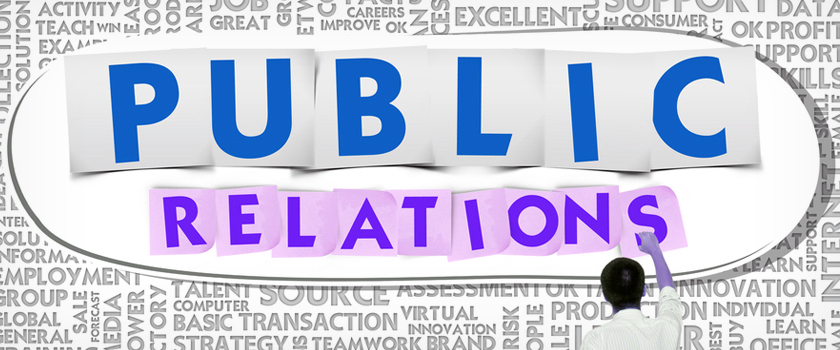Public relations (PR) is a way for companies, organizations or people to enhance their reputations. This task typically is performed by public relations professionals or PR firms on behalf of their clients. PR usually involves communicating with the media and through the media to present the clients in the most favorable way possible. It also often involves cooperative efforts with other people and organizations to create good will within the community and enhance the client’s image.
Image is Important
The business world can be extremely competitive. Companies typically want to have something that makes them stand out from the crowd, something that makes them more appealing and interesting to both members of the public and the media. A favorable image can help increase a company’s sales, and negative publicity can damage a company’s reputation and decrease sales.
PR Departments
PR can give consumers and the media a better understanding of how a company works. Within a company, a PR department might also be called a public information department or a customer relations department. These departments assist customers if they have any problems with the company. They usually try to show the company at its best. PR departments also might conduct research to learn how satisfied customers are with the company and its products.
Tools Used
There are many tools and methods that a public relations department can use to enhance a company’s image. The tools that have been traditionally used include news releases and announcements that are sent to the media, newsletters that are sent to customers and appearances at public events, such as trade shows or conventions. With the proliferation of the Internet, PR departments now can also use tools such as blogs and social media networks to accomplish their goals.
Read Also: Influence of Cultural Factors on Trademark Translation
Providing a Positive Spin
Many people have the perception of PR as a way to “spin” news and information, which means to portray the news or information in the best possible way for the company. For example, if a company announces layoffs, its PR department might claim that the company is lowering its costs and making itself more efficient, so it will be better able to serve its customers and offer lower prices.
As long as those things are true, then the PR department is doing its job of protecting its reputation and image. Stretching the truth to create a positive spin, however, can end up being detrimental to the company if exaggerations or even half-truths are exposed.
Working in Public Relations
There are certain skills that are helpful for people who work in public relations. These include a high level of communication skills, both written and verbal. A PR person also must be adept at multitasking and time management. He or she might have some form of media background or training to understand how the media works. Organizational and planning skills also are important in public relations.
A PR employee must be able to work well under pressure. He or she must have the ability to answer a barrage of questions from the media and members of the public, if necessary. If a company comes under a verbal attack, it is the PR department that must take control of the situation. The PR department must effectively respond to the criticism to protect the company’s reputation.
A public relations employee usually has a relevant college degree, such as a bachelor’s degree in communications, journalism or marketing. Competition for jobs in PR is fierce. A talented public relations worker might be able to work his or her way up from a junior account executive to an account director in about five years. The hours can be long and the job can be stressful, but for successful PR workers, the pay can be good because of the importance that companies place on their reputations.
All in all, public relations (PR) is the practice of managing the flow of information between an individual or an organization and the public. Public relations provides an organization or individual exposure to their audiences using topics of public interest and news items that do not require direct payment. The aim of public relations by a company often is to persuade the public, investors, partners, employees, and other stakeholders to maintain a certain point of view about it, its leadership, products, or of political decisions.
Common activities include speaking at conferences, winning industry awards, working with the press, and employee communication. CCJK provides various types of translation, which includes public relations translation. If you have any requirement, please feel free to contact us. It will be our great honor to provide translation service for you.



